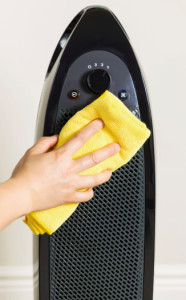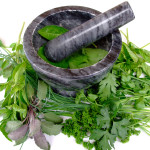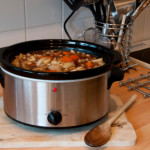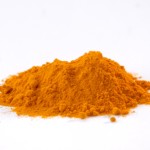 Choosing the best air purifier? What has that got to do with promoting healthy inflammation? A lot, it turns out. You see, exposure to a wide assortment of allergens (dust and dust mites, mold, animal danders, pollens), particles, and chemical pollutants from outdoor traffic and from indoor off-gassing of chemicals from furniture, clothes, cleaning products, carpets, and hobbies inside your home air space can all contribute to your “total load” of environmental exposures.
Choosing the best air purifier? What has that got to do with promoting healthy inflammation? A lot, it turns out. You see, exposure to a wide assortment of allergens (dust and dust mites, mold, animal danders, pollens), particles, and chemical pollutants from outdoor traffic and from indoor off-gassing of chemicals from furniture, clothes, cleaning products, carpets, and hobbies inside your home air space can all contribute to your “total load” of environmental exposures.
These exposures typically promote an undesirable inflammatory response in the body. Keeping your indoor air clean is as important as eating a healthy diet or taking herbs and other natural supplements for inflammatory health.
If your system is individually sensitive to a particular exposure, it is likely to trigger the release of a series of biological mediators such as certain cytokines and other pro-inflammatory mediators. Those will only worsen whatever inflammation-related health conditions you are trying to manage.
Therefore, in addition to making conscious choices such as hardwood or tile floors rather than wall-to-wall carpets, avoiding regular pesticide and herbicide treatments inside or around your home, using less toxic cleaning agents and personal hygiene products, you can go a long way toward reducing your total load of exposures. In addition, though, it is impossible to avoid some of these agents getting into your indoor air. That is when a good air purifier comes into the picture.
Here are some basic tips:
1. Avoid using humidifiers or washable air filters for your home heating/cooling system that can build up mold and mildew and actually increase your allergic load.
2. Look for air purifiers that include multi-stage filter systems. They cost more — sometimes a lot more — but they do a better job. In the least, look for a pre-filter and a HEPA filter stage in the equipment. Charcoal air filters can do a good job as part of the total system.
3. Use a plan for the speeds you set on the room air purifier. The fans on air filters can be noisy, but the higher you run them, the more air gets circulated through them per unit time. This is important to clean the air in a particular room. The simple solution is to run the filter in a room on high to clean the air before you need to spend time in the room. Then, while you are working or sleeping in a particular location, lower the fan speed down to the lowest noise level you can tolerate.
4. If you notice that the chemical exposures in a specific room seem problematic — or you are traveling and staying in a hotel, run the air conditioner rather than heater to cool the air. Cooler air causes volatile organic chemicals (VOCs) to settle out of the air and thus not get into your nose and lungs. Heating causes the VOCs to volatilize and spend more time in the air you are inhaling.
5. If you need “big guns” of home air purifiers to experience a benefit, look at respected brands that may be pricey but really do a good job with removing ordinary allergens and VOCs from the air. Those include products from companies such as Austin Air or IQ Air. Compare the features of whichever device you are considering with what those brands have to offer.
Check out your best options carefully. Claims of cheap or quick fixes for air quality problems are usually bogus and will not end up doing much to help you. Discuss your individual needs with an informed health care provider such as a physician specializing in environmental medicine. Then make an informed decision.






Leave a Reply
You must be logged in to post a comment.